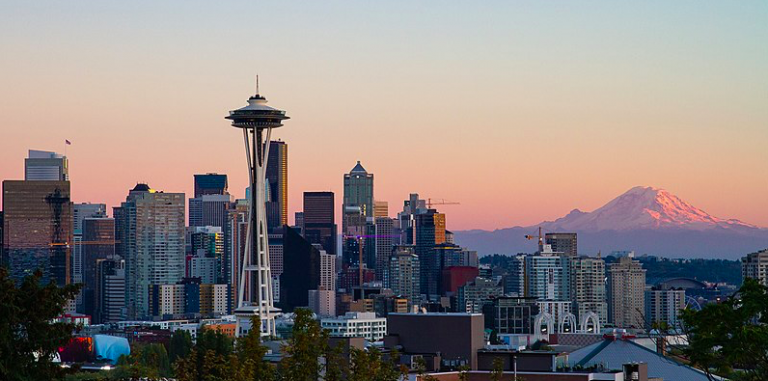Published on February 20, 2020

Earthquake experts say current building codes don’t reflect the riskiest features of the Seattle area’s geology — but the outlook for survivability looks a lot better if the Really Big One can just hold off for a few more years. The Cascadia subduction zone, centered along a submarine fault just off the West Coast, is known to be capable of generating magnitude-9 quakes, based on the geological and historical evidence for a massive tsunami that reached Japan in 1700. Seismologists estimate that such quakes and tsunami waves occur roughly every 500 years on average. “We say that there’s approximately a 14% chance of another approximately magnitude-9 earthquake occurring in the next 50 years,” said Erin Wirth, a geophysicist with earth and space sciences at the University of Washington and the U.S. Geological Survey.
And as if that weren’t bad enough, the Cascadia fault is so extended that the resulting quake is expected to last for about 100 seconds. That’s significantly longer than the duration of a typical California earthquake, and that adds to the bad news, said UW civil and environmental engineering professor Jeffrey Berman. “Our building code is all built on the California experience, because that’s where we’ve had a lot of earthquakes and a lot of building and infrastructure damage,” Berman said. “So we haven’t really incorporated long-duration effects in building codes that are in use in the U.S., because we haven’t really had long-duration earthquakes. … We’re hoping that our work will actually go to change that.”
That being said, Berman advised against obsessing over the Really Big One.“You know, life is full of risks,” he said. “The risk of dying in a building in a earthquake in Seattle is less than [the risk of] dying in a car, if you get in a car and drive on I-5 today, right? It’s about learning and doing better as we move on, not necessarily being paralyzed.”
Continue reading at GeekWire.
Originally written by Alan Boyle for GeekWire.